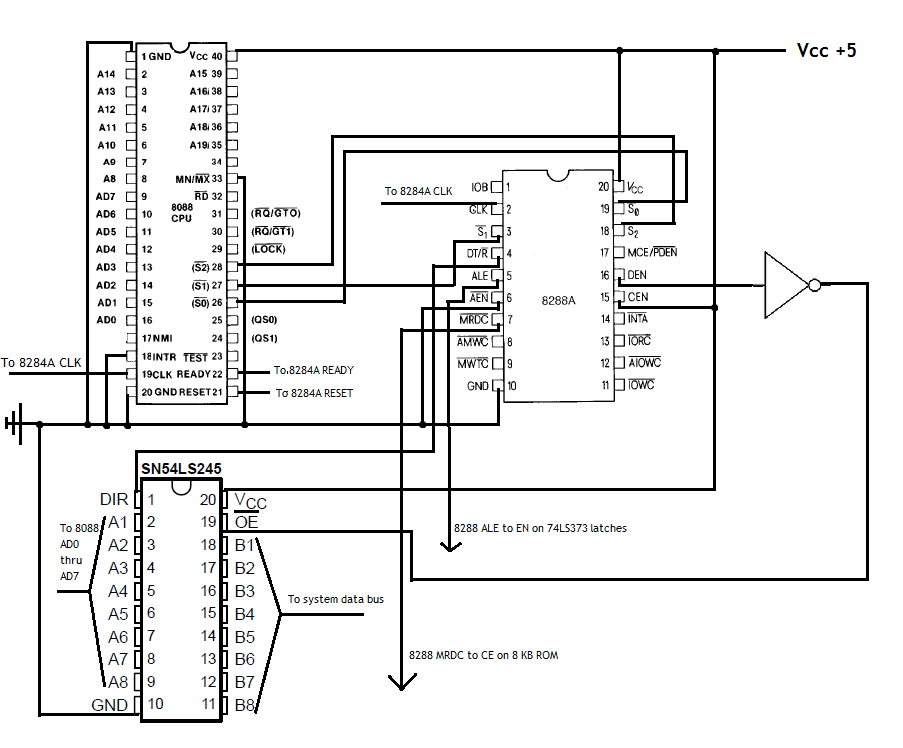Chuck(G)
25k Member
Soldering iron? For large boards, I use a heat gun and a galvanized bucket, holding the board with a pair of vise-grips and pulling things off (when required) with a pair of needle-nose pliers. Seems to get most of the large stuff just fine, but is hard on connectors and small components like resistors.
For small boards, I use an old toaster oven. Heat the board to about 350F, pull it out and bang it over the bucket.
I'd go nuts if I had to salvage stuff using a soldering iron.
For small boards, I use an old toaster oven. Heat the board to about 350F, pull it out and bang it over the bucket.
I'd go nuts if I had to salvage stuff using a soldering iron.

